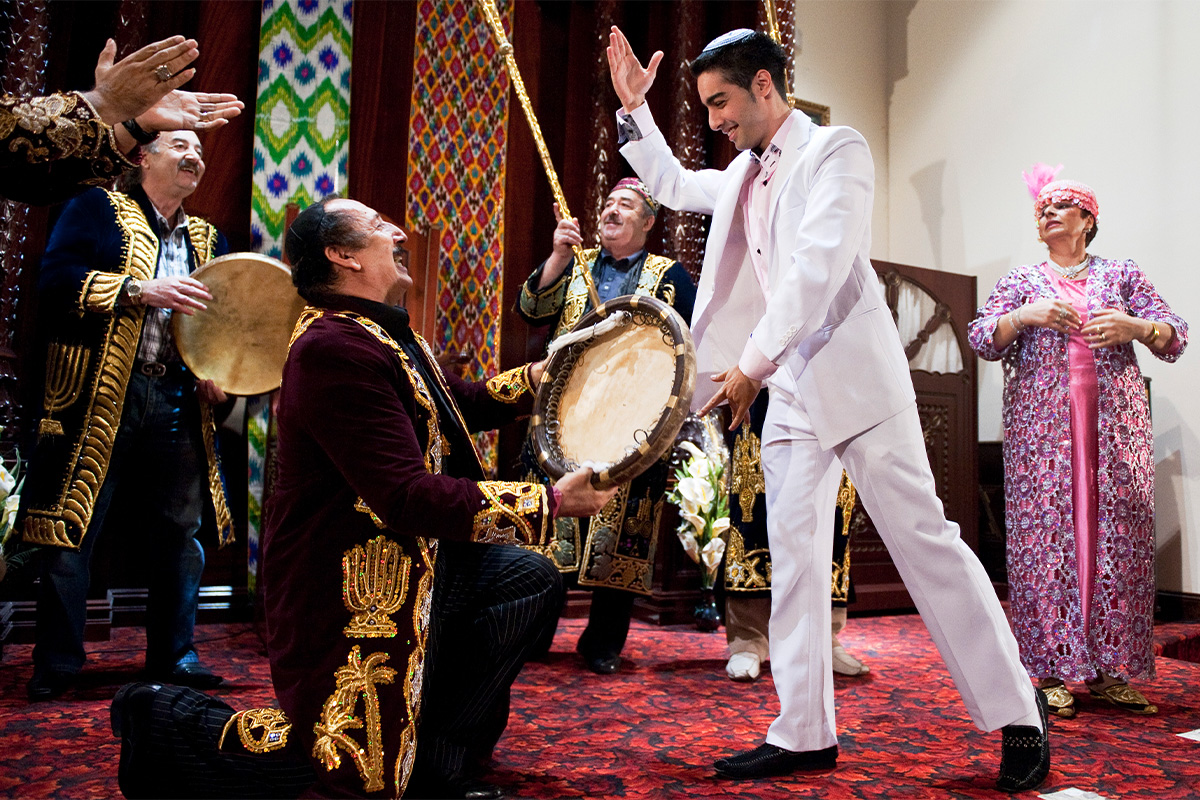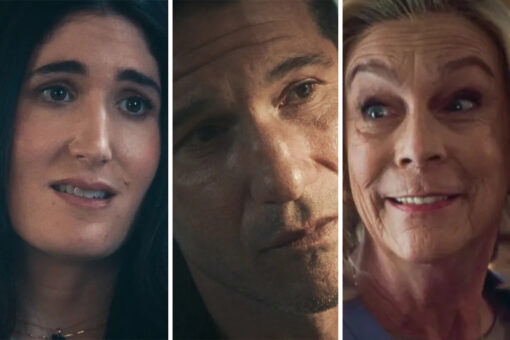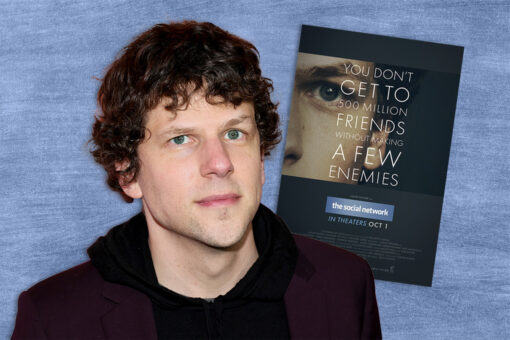The lights dimmed in my high school auditorium. The Jewish cultural club was about to start their annual show, in which they present their culture to the school through song, dance and poetry. The curtains creaked open, and at last, the show commenced. Bursting with energy, it featured instrumental covers of Jewish folk songs, traditional dance numbers and scenes of a comedic skit. The show closed with a riveting hip-hop dance number to an upbeat Israeli pop song, after which the entire audience roared in applause.
Yet I, a Bukharian Jew, was left feeling apathetic at best.
I observe Shabbat every week and celebrate the High Holidays. Half of my family lives in Israel. Really, I’m about as Jewish as they get. Even so, the Jewish culture presented at the show was about as foreign to me as it was to the non-Jews who sat next to me.
I entered the show hoping to feel a sense of belonging; instead, I was slammed with a plethora of Ashkenazi-centric Jewish stereotypes, from countless exclamations of “oy vey!” to debates about the contents of gefilte fish to a mock game show competing for who was the best “nice Jewish boy.” Being Bukharian, with roots in Central Asia, I exited the auditorium feeling like my school’s entire Jewish community was in on a joke that I was not a part of.
Unfortunately, this feeling has lasted far longer than the span of a 40-minute cultural show. Throughout my time at school, I have discovered that being Jewish in elite Manhattan is a very different experience from my own.
I have tried to explain my Bukharian Jewish identity to almost everyone whom I have felt close to. Oddly enough, most non-Jews have been eager to learn about a new culture that they’d never heard of, whereas most Ashkenazi Jews have seemed indifferent, if not disconcerted. Since I was no longer the relatable Jew that they wanted me to be, they immediately boxed me into an outgroup instead of using my story to broaden their perspective.
Every year, at the start of the fall semester, I find myself filing into the Jewish cultural club’s meeting room, hoping to find the sense of community that I sorely lack in my friend groups. And every year, within a few weeks, I lose interest in attending as meetings become more focused on preparation for the show — a show that excludes all non-Ashkenazic Jewish culture in spite of my and others’ requests for diversification.
As the daughter of first-generation Jewish immigrants who fled the Soviet Union to escape antisemitism, I am all too aware that the way in which we portray Judaism to the public matters. If people associate us with a set of stereotypical language and behavior, even if it seems innocent and funny, we will remain as caricatures in their minds. One of the best assets we have in conveying our depth of character is the diversity within our community, something that my school’s seemingly all-inclusive Jewish club chronically fails at presenting.
Even if one forgets about non-Jewish perception, there is still one major problem with Ashkenazi-centrism: Constraining Jewish culture to a monolith, even in a relatively homogenous Jewish community, serves to deny the core of Jewish history itself. For thousands of years, Jews have been forced to scatter across all corners of the globe, picking up pieces of culture along the way. We are held together by our common religious identity, but what strengthens us even further is our ability to share our experiences from around the world to create a heterogeneous cultural identity.
To be clear, I don’t blame anyone for this lack of awareness of non-Ashkenazi Jewish culture — the vast majority of Jews in America are Ashkenazi, after all. Even in New York, where there is a slightly greater presence of Mizrahi Jews, their communities are often separate from those of more assimilated Ashkenazim. So when my school’s Jewish cultural club uses up their time slot spouting corny jokes about latkes and bagels, I don’t assume that they are trying to be exclusive or offensive; rather, it is clear that this is the only Jewish culture that they know. Acknowledging this ignorance, however, does not excuse it.
There are thousands of Jewish blogs, websites and social media accounts dedicated to highlighting the diversity within Judaism. One only needs to peruse these pages for a few minutes to see the vast array of Jewish cultures beyond that of American Ashkenazim. While everyone could benefit from a little extra knowledge in Jewish culture, it is especially important for those that seek to properly convey it to take the initiative to do this research.
My history as a Bukharian Jew is different from the typical American Jewish story. For centuries, if not millennia, my ancestors resided in small villages in Uzbekistan and Tajikistan, which became Soviet territory in the 1920s. My family’s time in America did not begin until the early 1990s, which is when my parents emigrated from the Soviet Union as it collapsed.
For this reason, my culture is still largely tied to my ancestral origins. I’ve never tried gefilte fish or matzah ball soup — my Jewish comfort foods are bachsh and oshi piyozi. My grandparents have never uttered a Yiddish phrase in their lives; rather, it is in the Bukharian language, also known as Judeo-Tajik, that they cry out in happiness or in pain.
In spite of my Judaism not matching any of the stereotypes, I still consider it a core aspect of my identity, inseparable from who I am. Above all, I know that eating certain foods or speaking a certain language is not what makes me Jewish.
I hope that in time, my school’s Jewish community will acquire some semblance of awareness that there exist many Jewish cultures outside of their Upper West Side bubble and see the value in celebrating them. We might even get a shout-out in the cultural show.



